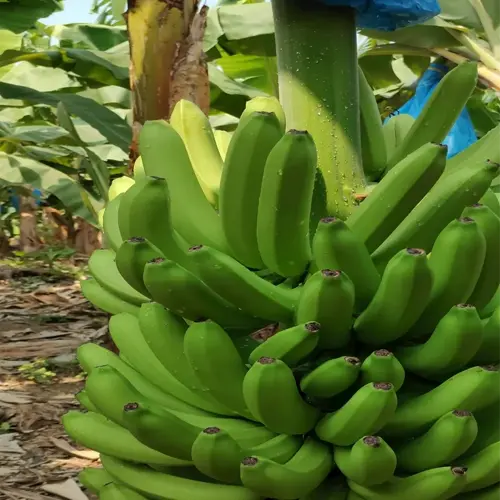Can beets survive winter in the ground?

Written by
Kiana Okafor
Reviewed by
Prof. Martin Thorne, Ph.D.Leaving beets in ground frozen overwinter has taught me valuable lessons the hard way. There was one winter when I took my chances presuming we would have a dream December in Zone 5. The soil seized like ice, harboring trapped beetroots that rotted by the time spring arose. I now mulch deeply before the first frost without question. Beets endure light frost, but crop loss will between 20°F (-6°C) or below if no action is taken.
In-Ground Preservation
- Apply 6-12 inches of straw after first frost
- Cover with breathable row fabric to block ice pellets
- Harvest before soil freezes solid (check with soil thermometer)
Storage Solutions
- Root cellars: Layer in damp sand at 32-40°F (0-4°C)
- Outdoor pits: Bury crates below frost line, mark with stakes
- Fridge storage: Trim greens, store unwashed in perforated bags
Soil preparation is meant to separate salvageable roots from mush. I had an unsuccessful experiment with clay soil; now I only overwinter in sandy loam. Before frost, I hill up soil around the shoulders of the beets, like tucking in a sleeping child. This is a barrier against temperature fluctuations that can split roots.
Regional adaptability matters... Depending on your location, the products and structures you use will differ. For example, I am currently in zone 6 and using low tunnel hoop houses over mulched rows. I have also heard that gardeners in the Pacific Northwest remove burlap sacks, and farmers in the South should accommodate education on storage because of the warm winter months where it will easily rot. Either way, I suggest testing a small batch before turning over an entire crop.
The science of refrigeration explains why wet sand works. Beets lose moisture through tiny pores called lenticels. Sand remains at 95% humidity, which slows decay. In my cellar, the wooden boxes are filled with sand and just moistened roots. You'll want to check them every three weeks and remove any neighbors that are starting to soften.
Read the full article: How to Grow Beets: Expert Tips for Sweet Roots & Vibrant Greens

